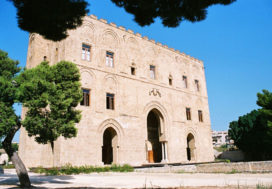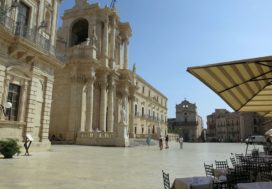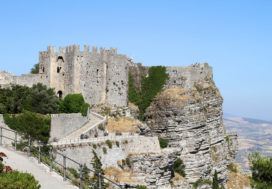An enchanting city that will captivate you with its historical and scenic beauties, is Sciacca in the province of Agrigento, which is becoming an increasingly popular destination to spend your holidays.
Selinunte
The ancient Greek city of Selinunte, which stood along the south-western coast of Sicily, is now the largest archaeological park in Europe.
The remains of the city that are located in the municipality of Castelvetrano in Trapani, include numerous ancient monuments of great architectural charm.
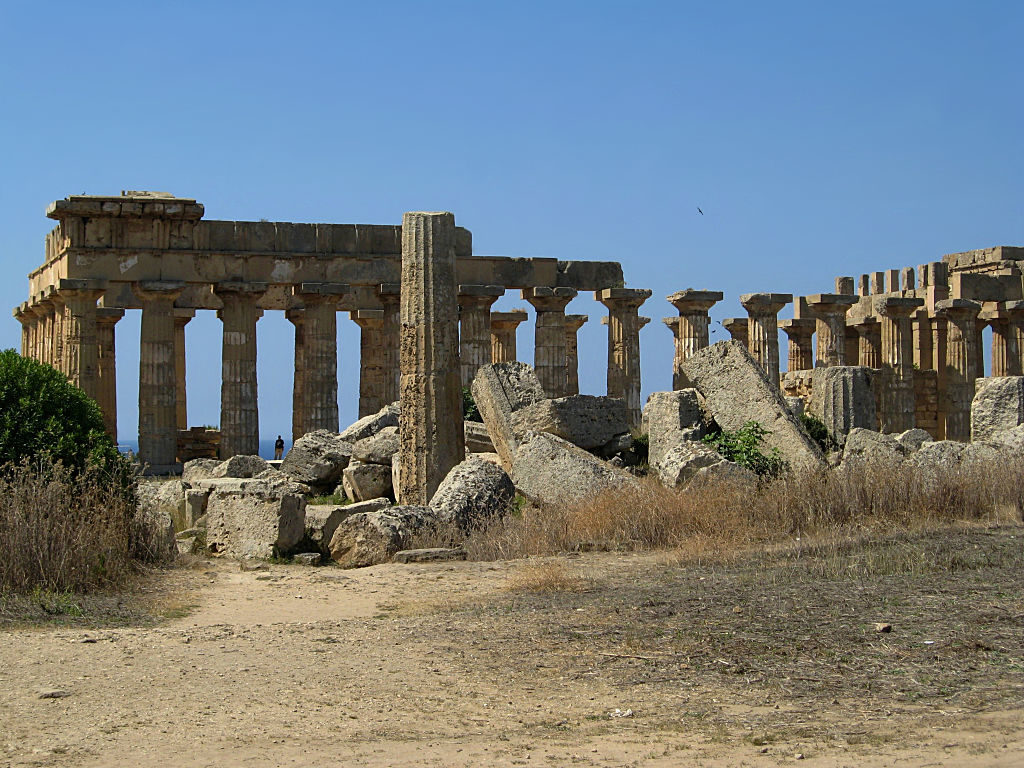
Archaeological park, Selinunte
First of all the ancient theater dug into the rock, from the classic semicircle shape that could accommodate about three thousand spectators.
As you continue your tour of the site, you will reach what was once the heart of the city’s activity: the acropolis.
This one, presents a net structure along the two main ways that at a certain point cross each other. Five Doric temples have been found on the acropolis, the most important of which is the temple of Hera, also known as Temple E.
Dating back to the sixth century BC is the best preserved temple of Selinunte, dedicated to the goddess Era. It is a peripteral temple with a peristyle that has 6 columns on the front and 15 placed on the long sides. The interior layout is distinguished by the presence of classical elements such as naos (which does not have an internal colonnade), pronaos and adyton which is distinguished by a raised floor and opisthodome.
Interesting is the frieze decorated with metopes dating back to 470 BC with depictions of Zeus, Hera, Actaeon and Artemis.
Sciacca
From Selinunte you can easily reach Sciacca where you can visit the Castello dei Luna: built in 1382 by Guglielmo Peralta, Count of Caltabellotta and vicar of the kingdom of Sicily, this medieval castle is distinguished by its structural grandeur, incorporated into the inner perimeter of the ancient walls.
His fame is related to the case of Sciacca, a hard struggle that for centuries saw the Catalan family of Luna contrasted with the Norman family of Perollo, for a secret love but above all for political interests.
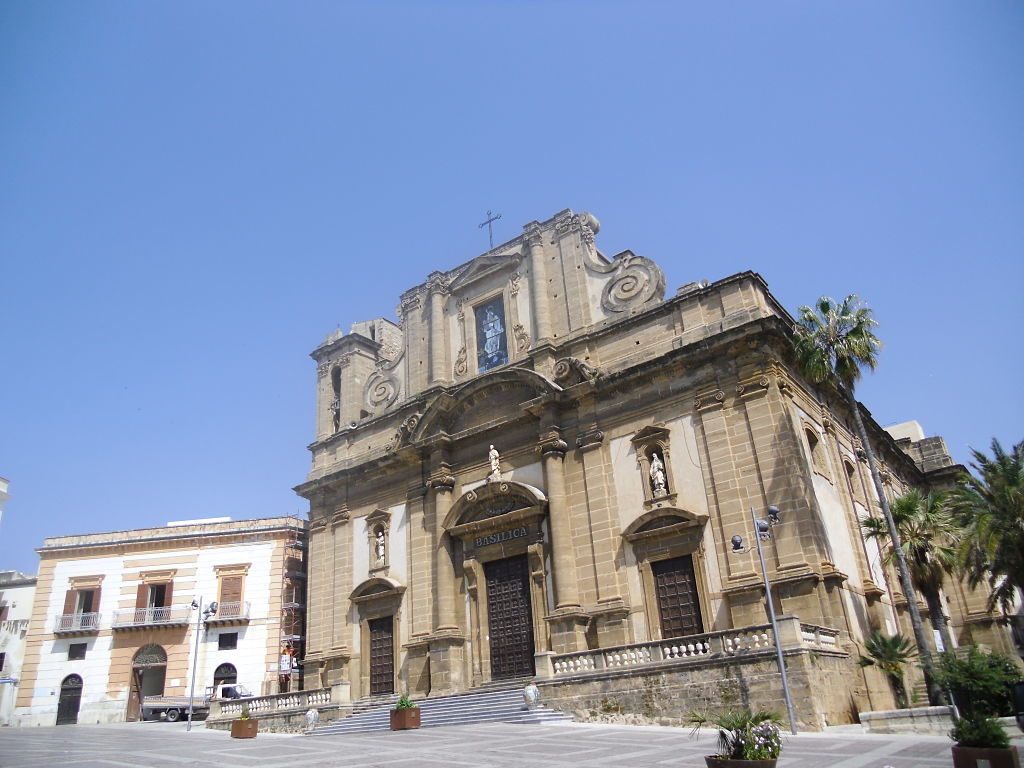
Duomo of Sciacca
Going on with the visit of the city you reach the wonderful Duomo dedicated to Santa Maria Maddalena dating back to 1108.
Characterized by a baroque structure that gives brightness to it, the interior is divided into three naves and important decorative elements, including the huge fresco of the vault with scenes from the life of St. Magdalene by T. Rossi.
Among the most important works of art to admire is also the statue of the Madonna del Soccorso, patron saint of Sciacca and very dear to the inhabitants to whom they dedicate one of the most felt Sicilian religious holidays.
Sciacca is known above all for being an important centre of ceramic production that boasts very ancient origins.
It is no coincidence that walking through the historic center, you can stop in one of the many shops present so that it is called “the way of potters“.
Even today, ancient majolica methods are used to produce ceramic vases and plates that stand out for their bright colours such as green, yellow and cobalt blue.




